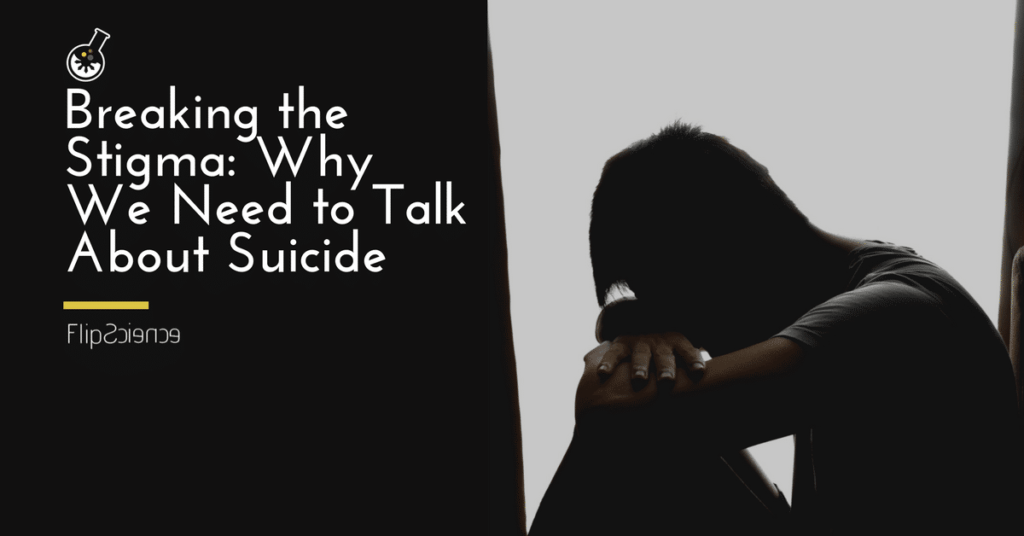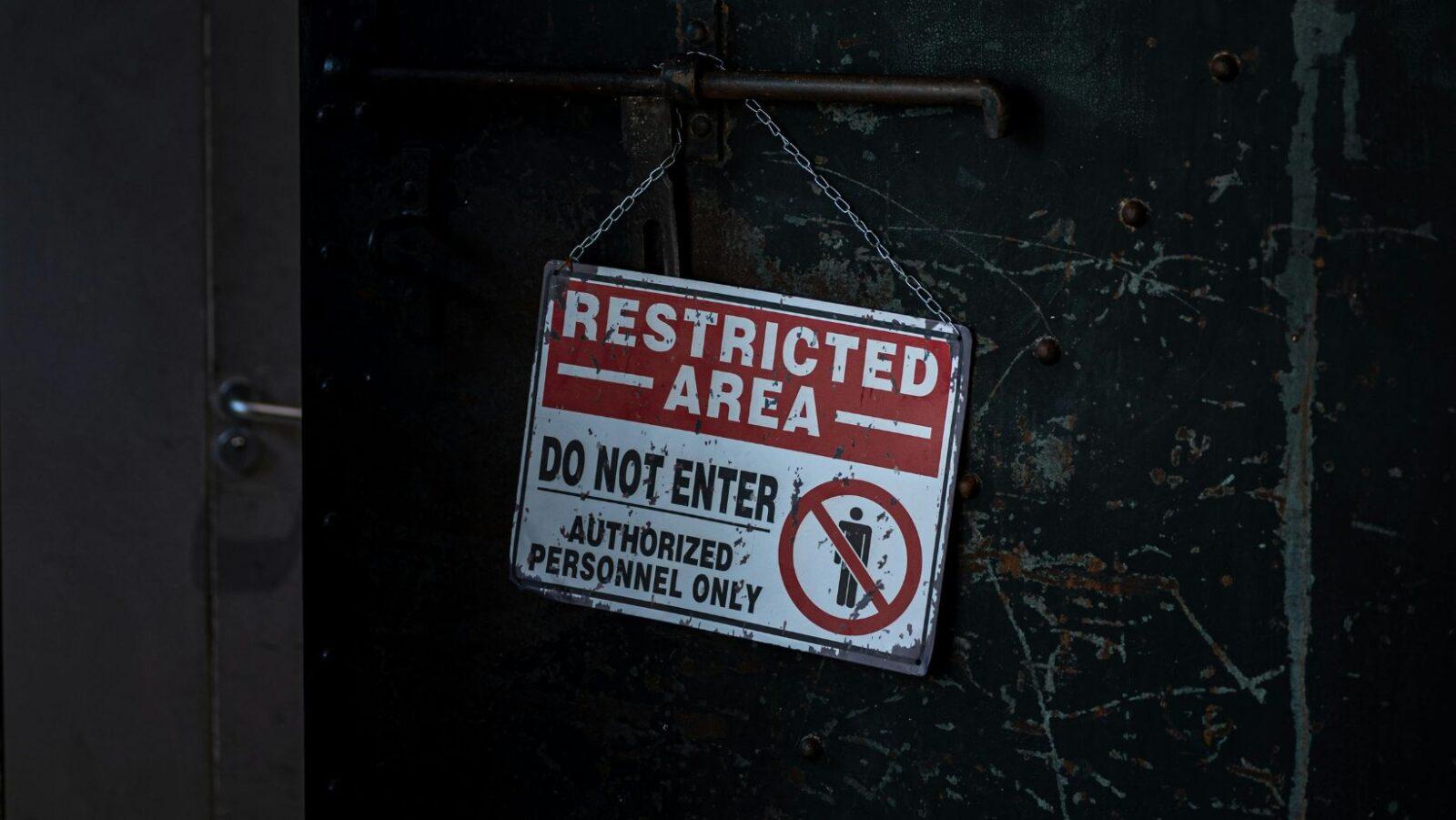It’s a school night, and you’ve been spending the last few hours before bedtime scrolling through your Facebook news feed. Suddenly, a friend’s post catches your eye. It’s not like any of the memes, life milestone announcements, or cat videos that typically get your attention.
This one’s a photo of a white van parked in front of a university building, with several students standing nearby. A closer look reveals that it’s actually a police van. You read the caption and learn the horrifying truth: It’s there because a girl just jumped to her death.
Shattering the myths about suicide
Here’s another uncomfortable truth: The world loses one person to suicide every 40 seconds — and based on data from the World Health Organization (WHO), that rate is increasing.
In 2015, suicide became the 17th leading cause of death worldwide, accounting for 1.4% of deaths that year. An estimated 800,000 people die each year due to suicide. By the year 2020, this is expected to increase to 2.4%, or about 1.53 million suicide deaths — approximately one death every 20 seconds.
Talking about suicide can be quite challenging. It tends to be a frustrating and awkward topic of conversation that is often pushed aside. But we need to talk about it now – and we need to start by busting the myths and misconceptions about it.
Myth #1: Teens are more prone to suicide than any other age group.
If you think that suicide is just a problem revolving around depressed teenagers, think again.
According to a recent study from WHO and the Euro Multicentre Study of Suicidal Behaviour spanning 13 European countries, the average suicide rate among people older than 65 years is at 29.3/100,000, while suicide attempt rates are at 61.4/100,000.
Clarita Carlos, a professor at the University of the Philippines, says that suicide rates among older people have been steadily increasing for the past few decades, due to rapid social and economic changes resulting in feelings of isolation and depression. Carlos also noted an increase in suicide incidences as older people further advance in age.
Myth#2: Suicide is not a big deal in the Philippines.
In the Philippines, a study revealed that between 1984-2005, the incidence of suicide had steadily increased from a percentage of 0.23 in men and 0.12 in women (per 100,000) to 2.59 and 1.09, respectively. Data from WHO reveals that as of 2015, these rates have further increased to 5.0% in men and 1.7% in women.
While these numbers are lower that WHO’s worldwide average for suicides (10.7 percent per 100,000), Carlos believes that the lower figure may be due to underreporting. The Philippines is a predominantly Catholic country, where taking one’s own life is considered a taboo topic.
This, along with countless other statistics and literature out there, reveals that suicide is clearly an acknowledged health issue. However, it remains somewhat neglected here – a low-priority issue in our country. This is largely because of the unrelenting stigma surrounding suicide, prompted not just by religion, but also by ignorance.
Myth #3: People who take (or try to take) their own life are just crazy.
Sadly, perhaps in a misguided attempt to make sense of it all, society has attached unsavory labels to people who have ended (or tried to end) their life. Crazy, unstable, selfish, stupid — all of these are prime examples of victim-blaming.
The truth? The decision to take one’s own life involves numerous psychological factors, most of which have negative misconceptions attached to them.
Anxiety, bipolar disorder, depression, and schizophrenia are largely misunderstood by the public, leading them to label suicidal people as overthinkers, insane, sad, or delusional. Attempt to console the victims are often accompanied with unhelpful statements such as “Don’t worry, your sadness will eventually go away” or “Get up, you’re just being stupid and lazy,” inadvertently making things much worse.
Myth #4: Suicidal people are “weak” people who just need to “suck it up.”
Society tends to stigmatize the ones who suffer from suicidal thoughts, maintaining the misguided belief that they are weak, lack willpower, or simply crave attention.
Depression and other conditions that influence suicide are not like other sicknesses that are beaten once and gone forever. They are like uninvited house guests that you can’t kick out — loud voices in your head that you can’t ignore. They keep coming back, and for many victims, they are conditions that they must live with for the rest of their lives.
Are suicidal people just weak or crazy? Far from it. The fact that they struggle with these thoughts each day attests to their strength. Besides, the people you meet every day -– even the ones who are smiling, laughing, and just carrying on with their lives — could very well be struggling with these thoughts on their own.
Myth #5: Talking about suicide only makes the problem worse.
People tend to be reluctant to talk about suicide, especially to the youth. Society seems to be under the notion that talking about it will make it even more likely to happen. However, this is not necessarily true.
A 2005 study examined the effects of discussing suicide with high school students. The researchers found that the participants did not become more likely to have suicidal thoughts or undergo the act after talking about it.
Avoiding the topic prevents us from understanding the severity of the situation. Meanwhile, victims mull over their thoughts in silence, until they come to the worst possible conclusion.
It’s time to talk
Some of us avoid discussing the topic for fear of responding incorrectly, or due to a lack of understanding. Fortunately, educating ourselves certainly helps with both.
September 10 is World Suicide Prevention Day. It also marks the beginning of National Suicide Prevention Week. Let’s start fighting the ignorance, intolerance, stigma, and silence surrounding suicide. A good way to begin is by changing the way we talk about it. Let’s not throw around labels like “crazy,” for example, or use terms like “depressed” and “suicidal” so casually.
Suicide is like an earthquake: A sudden, jolting, catastrophic event that leaves destruction in its wake. Make no mistake: the people we love can be victims, just like everyone else. Unlike seismic activity, though, we can help stop this on our own — even just by listening.
As Sergeant Kevin Briggs, a man who has talked countless would-be suicide victims out of leaping off San Francisco’s Golden Gate Bridge, said in his TED talk on suicide:
“Listen to understand. Do not argue, blame, or tell the person you know how they feel – because you probably don’t. By just being there, you may just be the turning point that they need.”
Take time to listen. Perhaps, giving someone even just 40 seconds of your time could help save their life. — MF
If you’re interested to participate in the National Youth Congress on Mental Health, you may register via this link. You may also visit the official Facebook page for more information.
Hopeline, the Philippines’ suicide prevention hotline, may be reached via landline at (02) 804-4673 (HOPE) or through mobile at 0917-5584673 (and 2919 for Globe and TM subscribers).

Author: Romelyn Yamio
Romelyn Yamio is a physicist, academic researcher, and freelance writer. She’s also a comic nerd. FLIPSCIENCE LOVES HER VERY MUCH. It has to be true, it’s in all caps.






